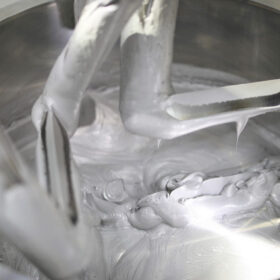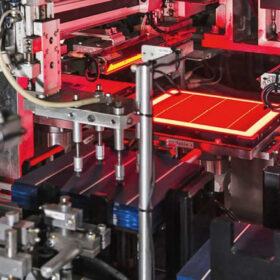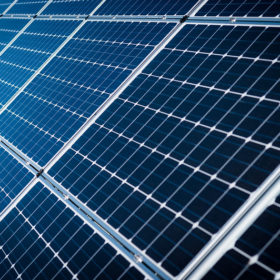Is a standard solar module spec within reach?
PV manufacturers, developers, and component suppliers have spent years negotiating a bewildering array of wafer and panel formats but recent developments in China hold the promise of long-awaited standardization, as Vincent Shaw reports.
Rising stars of film
pv magazine’s Valerie Thompson checks in with industry insiders in India, China, Europe, and the United States to get insight on current trends for crystalline silicon solar encapsulants.
Encapsulating Euro solar
Switzerland’s Meyer Burger has started manufacturing solar cells and modules at gigawatt scale at its three German sites, with plans for further expansion. Ypsator machines from Germany-based Robert Bürkle laminate the products, explains Matthias Fischer.
Cool under pressure
High-temperature “firing” processes used in passivated emitter rear contact (PERC) and tunnel oxide passivated contact (TOPCon) solar cell production are unsuitable for perovskite and heterojunction (HJT) devices. Mark Hutchins explores how next-generation manufacturers are getting around the problem.
The dawn of perovskites in China
Chinese PV giant Longi announced a 33.5%-efficient perovskite-silicon tandem solar cell on a commercial-grade CZ (Czochralski-method) wafer in June, certified by the European Solar Test Installation. Vincent Shaw takes a look at China’s pursuit of perovskites.
Indian PV goes global
Buoyed by a boost in exports and attractive regional manufacturing incentives, Indian solar manufacturers are looking to build production bases in countries where demand is high, especially in the United States. Uma Gupta considers the key drivers and challenges.
pv magazine test: July 2023 results
George Touloupas, senior director of technology and quality at testing and assurance company Clean Energy Associates (CEA), looks at the latest energy yield results from our outdoor test field in Xi’an, China.
The solar-battery-EV dream
For those who combine solar, batteries, and electric vehicles (EVs) at home, driving on sunshine is a realistic goal. However, there are many factors to consider when analyzing the economic payoffs, as well as the technical possibilities and limitations of such systems, reports Marija Maisch.
Pump it up
Heat pump sales are rapidly increasing, with new data showing that annual market growth could exceed 9% through 2035, writes Ranjana Jain, from Indian market research business Research Nester.
Why US v China is failing the world
While the energy transition has become another front on the geopolitical rivalry between the great powers, the rapid construction of supply chains needed to bring emissions-reduction to the whole world is a precarious business, as Ian Morse reports.










